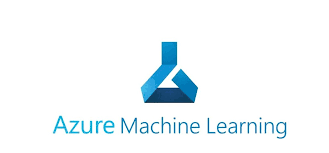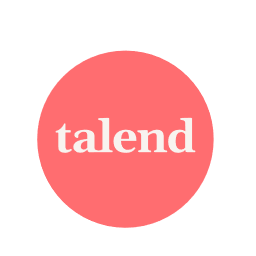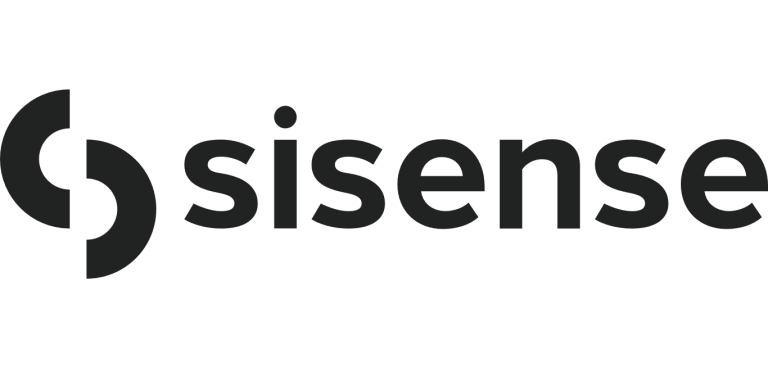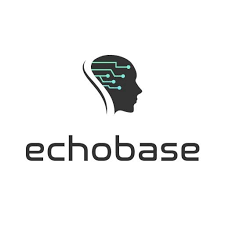Looker Key Features
- LookML Data Modeling: Looker’s modeling language, LookML, is a key differentiator, offering a highly customizable way to define business metrics and data models. It provides a robust framework for analysts and developers to create centralized data models that everyone in the organization can trust.
- Embedded Analytics: One of Looker’s standout features is its ability to provide embedded analytics, allowing businesses to share data insights not just internally but also externally. Developers can embed Looker’s interactive dashboards directly into web applications or websites.
- Data Exploration and Visualizations: Looker excels at creating data visualizations and dashboards that are easy to explore and customize. With its drag-and-drop interface, users can build reports and visualizations on top of SQL queries without needing extensive SQL knowledge.
- Advanced Integration: Looker integrates with modern data warehouses and cloud-based data platforms like Google BigQuery, Snowflake, Redshift, and more. Its integration capabilities extend to many third-party applications and APIs, making it a highly flexible BI tool.
- Collaboration Tools: Looker enables teams to work collaboratively by sharing dashboards, reports, and insights across departments. Users can set permissions and control access to sensitive data, ensuring that the right people see the right data.
Our Opinion On Looker
Looker is best suited for organizations that need robust data modeling capabilities and require flexibility in embedding analytics across different platforms. Its advanced customization and integration with cloud data platforms make it a great tool for data teams that need to manage complex data workflows, though the learning curve might be steep for beginners. Looker is a powerful BI tool for enterprises looking to streamline data access across departments and build a culture of data-driven decision-making.











